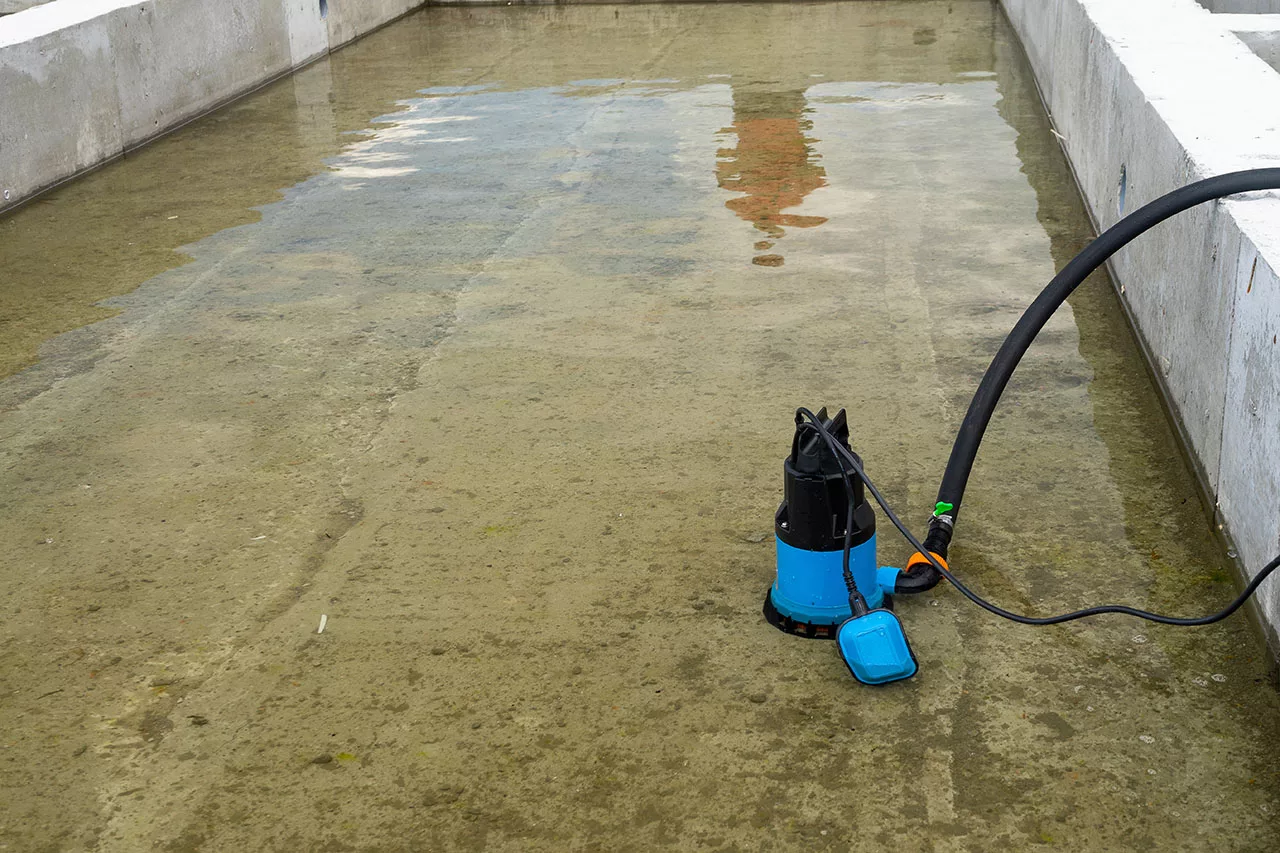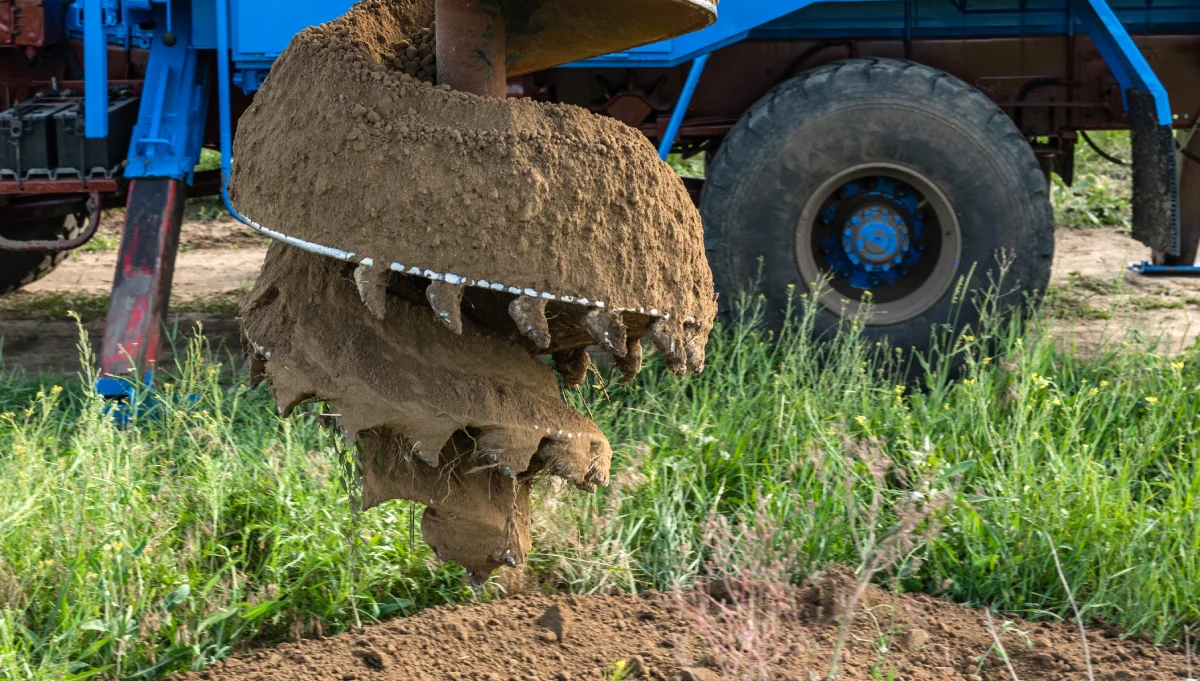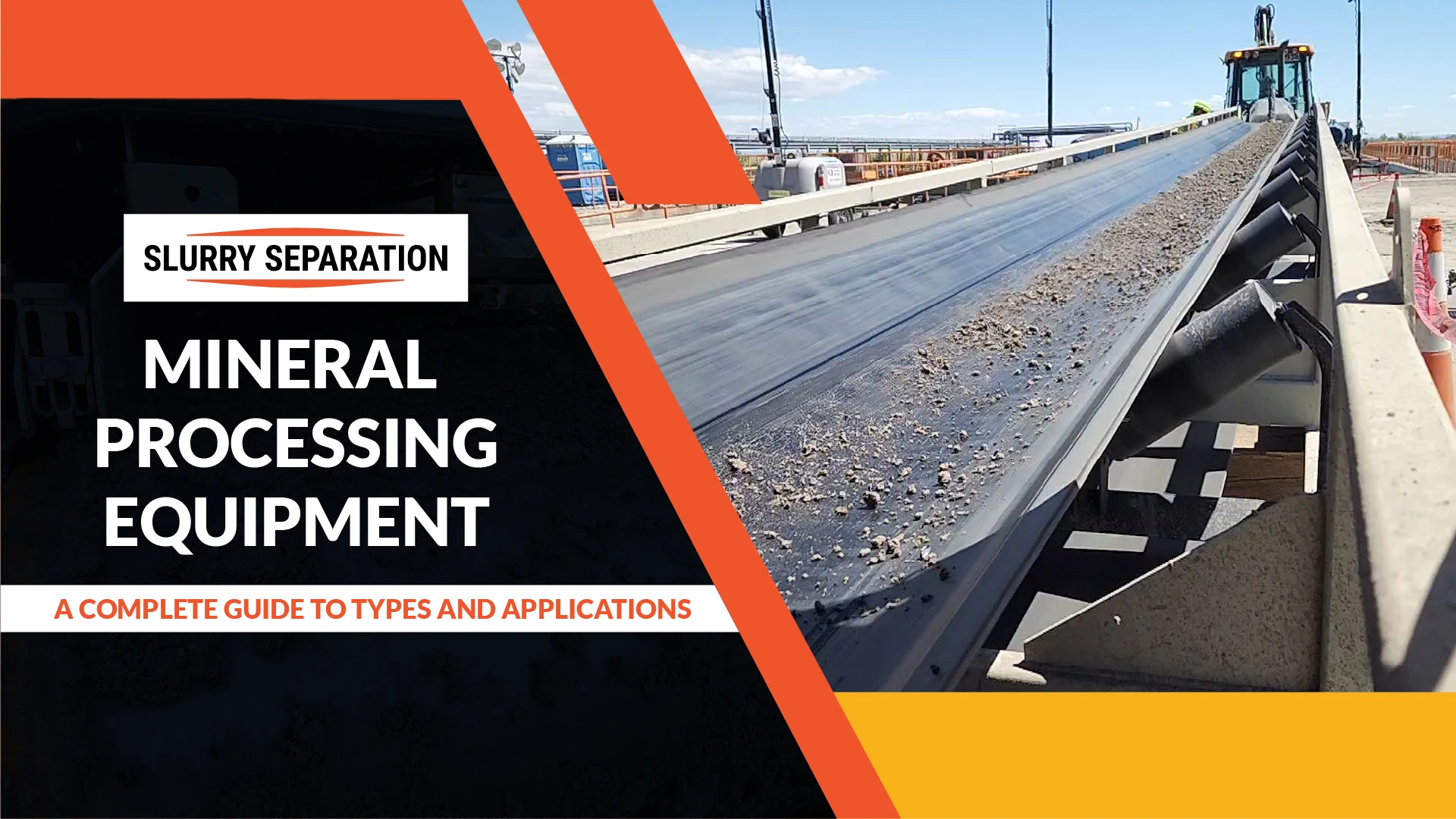The dewatering pump is a critical component in various industries, ensuring efficient water management and enabling the removal of excess water from construction sites, mining operations, and wastewater treatment facilities. Dewatering pumps play a pivotal role in preventing water-related hazards, maintaining project timelines, and safeguarding the environment by harnessing the power of centrifugal force or submersible motor technology. In dredging applications, they are typically used to transfer slurry to slurry separators.
Importance of Dewatering Pumps
Understanding the Role of Dewatering Pumps
Dewatering pumps are indispensable in industries where water control is essential. Whether controlling groundwater levels in excavation sites or managing stormwater runoff during construction projects, dewatering pumps provide a reliable solution for removing excess water and maintaining dry working conditions.
Key Applications in Various Industries
From construction and mining to municipal wastewater treatment, dewatering pumps find applications in diverse industries. These pumps are used for construction foundation dewatering, tunneling, and basement waterproofing. In mining, dewatering pumps help extract water from underground mines and prevent flooding. Municipalities rely on dewatering pumps for managing stormwater, sewage, and wastewater treatment processes.
Types of Dewatering Pumps
Centrifugal Dewatering Pumps
Centrifugal dewatering pumps are the most commonly used type, employing centrifugal force to propel water away from the pump and towards the discharge point. These pumps are ideal for handling clean or slightly contaminated water and are available in various configurations to suit different applications. Their ease of operation, high flow rates, compact design, durability, and cost-effectiveness make them indispensable tools for dewatering operations in general.
Submersible Dewatering Pumps
Submersible dewatering pumps are designed to operate while submerged in water, making them well-suited for applications where space is limited or the water level is deep. These pumps feature a sealed motor and impeller assembly, allowing them to efficiently pump water, slurry, or wastewater without the risk of damage. Overall, submersible dewatering pumps offer numerous benefits, including versatility, space-saving design, efficient operation, reduced noise and vibration, reliability, energy efficiency, and safety. These advantages make them a preferred choice for many dewatering applications, providing effective water removal solutions in a wide range of industries and environments
Wellpoint Dewatering Systems
Wellpoint dewatering systems are commonly used in construction projects to lower the groundwater table and create a dry working area. These systems consist of shallow wells equipped with wellpoint pumps that draw water from the ground and discharge it to a collection point or drainage system. Overall, wellpoint dewatering systems offer numerous benefits, including effective groundwater control, versatility, rapid installation, cost-effectiveness, minimal environmental impact, continuous operation, and flexibility.
Working Principle of Dewatering Pumps
Centrifugal Force and Impeller Action
Centrifugal dewatering pumps rely on the principle of centrifugal force to move water from the suction inlet to the discharge outlet. As the impeller rotates, it creates a centrifugal force that accelerates the water, pushing it outward and increasing its velocity. This high-velocity water is then directed towards the pump’s volute casing, where it exits through the discharge port.
Eddy Pump
The EDDY Pump operates in a similar fashion to a centrifugal pump, but does not rely on the centrifugal principle. Instead of a low tolerance impeller, it uses a geometric, recessed rotor to create a vortex of fluid similar to that of a tornado. These pumps are built specifically for dewatering applications and are non-clog pumps designed for high solids industrial pumping applications. This is a patented pump technology that outperforms all centrifugal, vortex and positive displacement pumps in a variety of the most difficult pumping applications.
Submersible Motor Functionality
Submersible dewatering pumps feature a hermetically sealed motor that is submerged in the fluid being pumped. The motor is coupled directly to the pump impeller, eliminating the need for a shaft seal and ensuring efficient transfer of energy from the motor to the impeller. Submersible pumps are capable of pumping water with high efficiency and are suitable for applications where space is limited or the water level is deep.
Vacuum-Assisted Dewatering
Some dewatering pumps utilize vacuum-assisted technology to remove water from the ground. These pumps create a vacuum in the suction line, causing water to flow into the pump and be discharged to the surface. Vacuum-assisted dewatering pumps are particularly effective in sandy or permeable soils where traditional pumps may struggle to maintain suction. In these sandy or permeable soils, water tends to flow more freely due to the larger pore spaces between the soil particles. Vacuum-assisted dewatering pumps leverage this characteristic by creating a vacuum or negative pressure within the pump’s suction line. This vacuum effectively draws water from the surrounding soil into the pump, even in loose or permeable soil conditions.
Factors to Consider When Choosing a Dewatering Pump
Dewatering Pump Capacity and Flow Rate
One of the primary considerations when selecting a dewatering pump is its capacity to handle the required flow rate. The pump should be capable of delivering sufficient flow to keep pace with the inflow of water and maintain the desired groundwater level.
Solids-Handling Capability
In applications where the water contains suspended solids or debris, such as construction dewatering or mine water management, it is essential to choose a pump with robust solids-handling capability. Look for pumps with large impeller passages and abrasion-resistant materials to minimize the risk of clogging and downtime.
Pump Head and Discharge Height
The pump head, or total dynamic head (TDH), represents the maximum height that the pump can lift water vertically from the suction point to the discharge point. Consider the required discharge height and the friction losses in the piping system when selecting a dewatering pump to ensure adequate pumping capacity.
Efficiency and Energy Consumption
Efficiency is a critical factor in dewatering pump selection, as it directly impacts operating costs and energy consumption. Choose pumps with high hydraulic efficiency and optimized motor designs.
FAQs for Dewatering Pump Buyers
1. What are the main factors to consider when choosing a dewatering pump?
When selecting a dewatering pump, several key factors should be considered:
- Pump capacity and flow rate to match the required dewatering needs.
- Solids-handling capability, especially in applications with suspended solids or debris.
- Pump head and discharge height to ensure sufficient pumping capacity.
- Efficiency and energy consumption to minimize operating costs.
- Durability and maintenance requirements for long-term reliability.
2. How do I determine the appropriate pump capacity and flow rate for my application?
The pump capacity and flow rate should be determined based on the volume of water to be removed and the desired groundwater level. Factors such as the size of the dewatering area, the rate of water inflow, and the soil permeability will influence the required pumping capacity. It’s essential to consult with a pump expert or engineer to calculate the optimal flow rate for your specific application.
3. What type of pump is best suited for dewatering applications with high concentrations of solids?
For dewatering applications with high concentrations of solids or abrasive materials, a pump with robust solids-handling capability is required. Submersible dewatering pumps are often preferred in these scenarios, as they can efficiently handle solids-laden water without clogging or damage to the pump. Look for pumps with large impeller passages and abrasion-resistant materials for optimal performance in high-solid environments.
4. How important is the pump head and discharge height in dewatering pump selection?
The pump head, or total dynamic head (TDH), is crucial for determining the maximum height that the pump can lift water vertically from the suction point to the discharge point. It’s essential to consider the required discharge height and the friction losses in the piping system to ensure adequate pumping capacity. Selecting a pump with sufficient head and discharge capabilities will ensure effective water removal and prevent potential drainage issues.
5. What are the advantages of using vacuum-assisted dewatering pumps in sandy or permeable soils?
Vacuum-assisted dewatering pumps are particularly effective in sandy or permeable soils due to their ability to create a vacuum or negative pressure within the pump’s suction line. This vacuum effectively draws water from the surrounding soil into the pump, even in loose or permeable soil conditions where traditional pumps may struggle to maintain suction. Vacuum-assisted pumps offer enhanced suction power and improved water extraction capabilities, making them ideal for challenging soil conditions with high permeability.
6. How do I ensure the dewatering pump I choose is energy-efficient?
To ensure energy efficiency, look for dewatering pumps with high hydraulic efficiency and optimized motor designs. Variable frequency drives (VFDs) can also be used to adjust the pump’s speed and optimize energy usage based on demand. Additionally, selecting pumps with energy-efficient motors and advanced hydraulic designs can help minimize energy consumption and reduce operating costs over time. Regular maintenance and proper pump sizing are also essential factors in maximizing energy efficiency and prolonging the pump’s lifespan.




